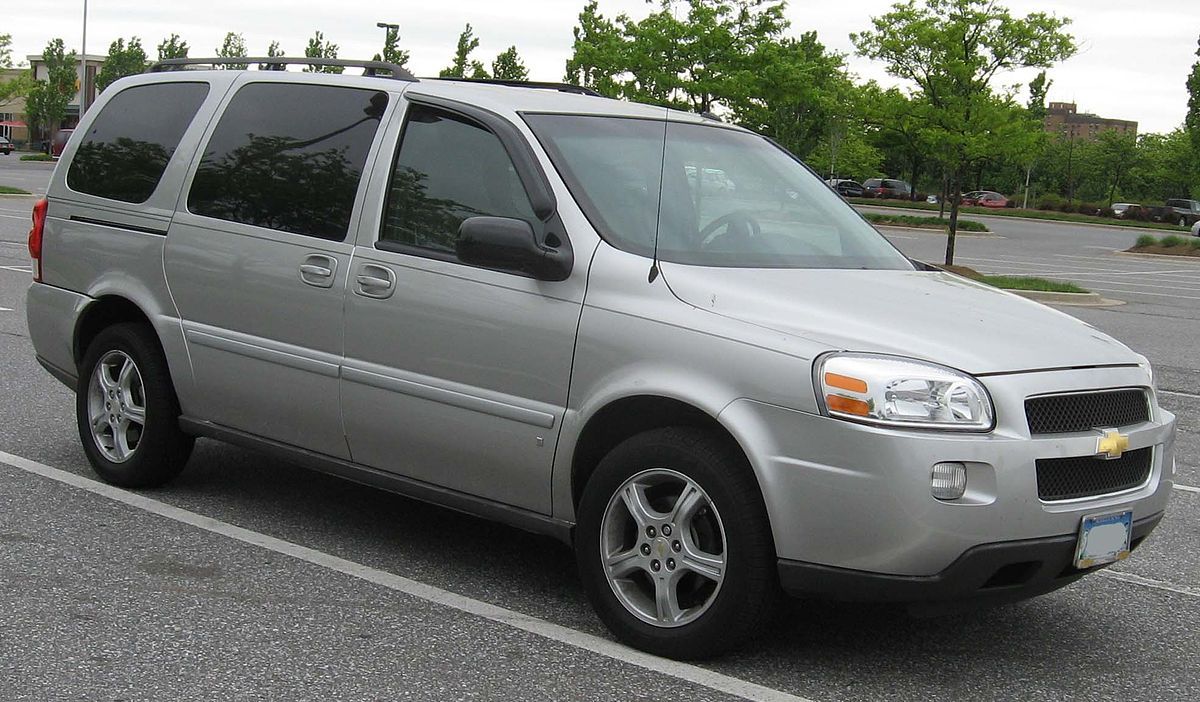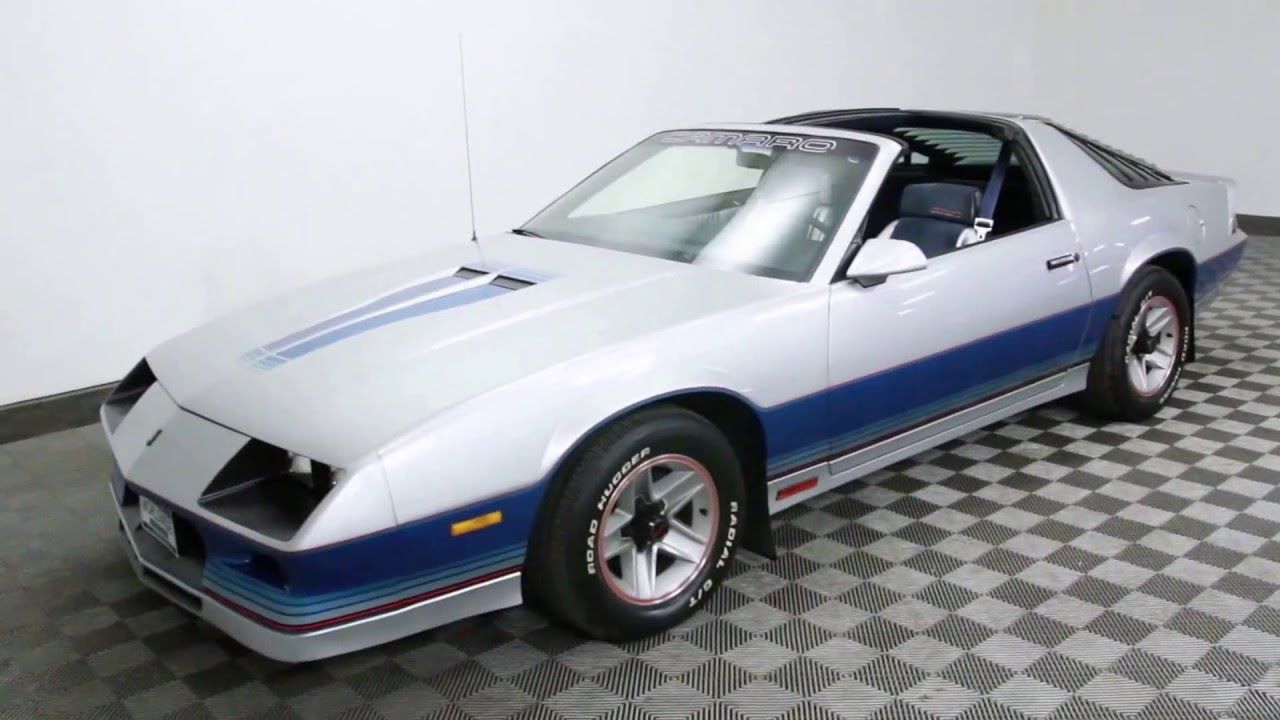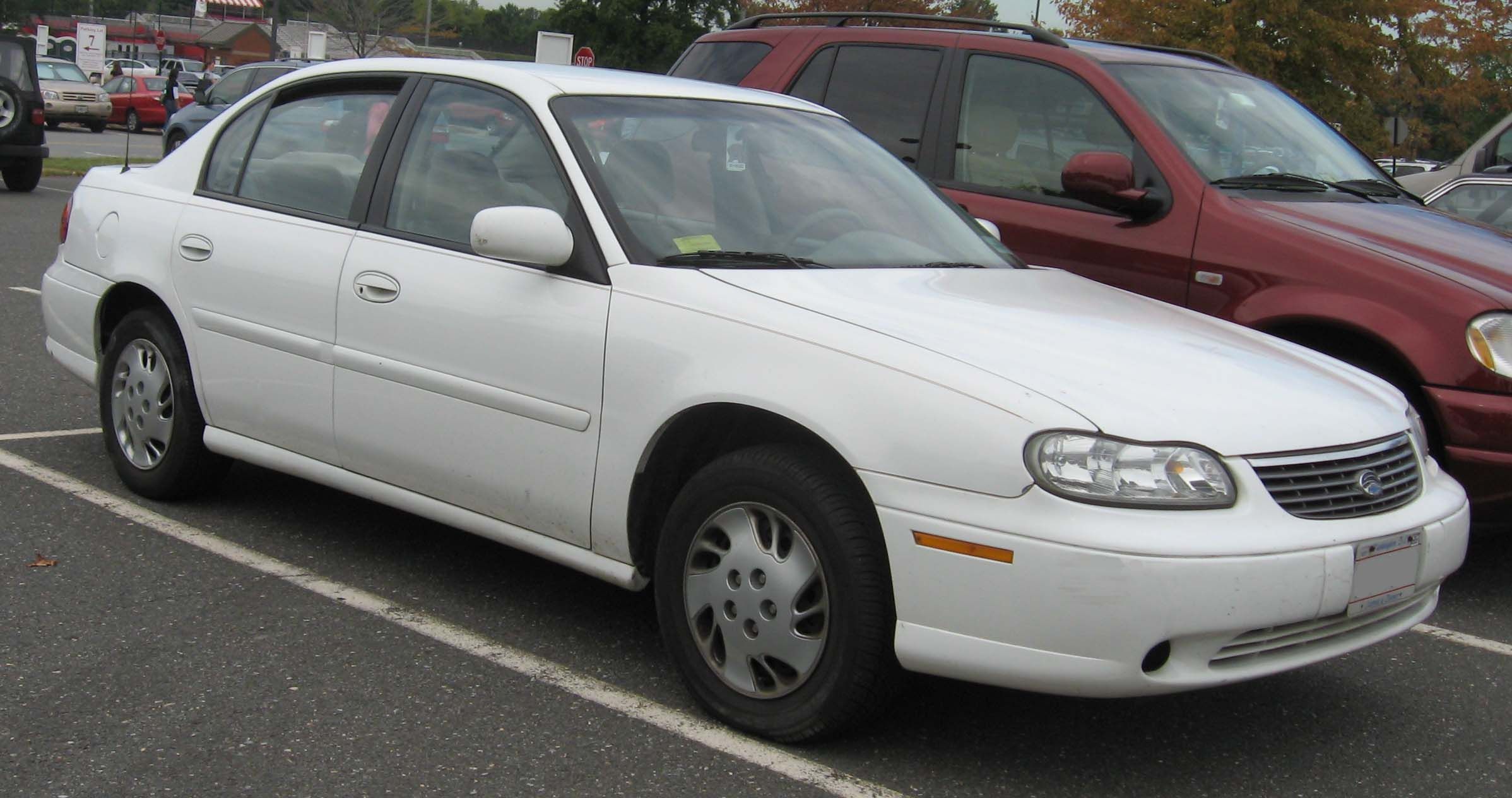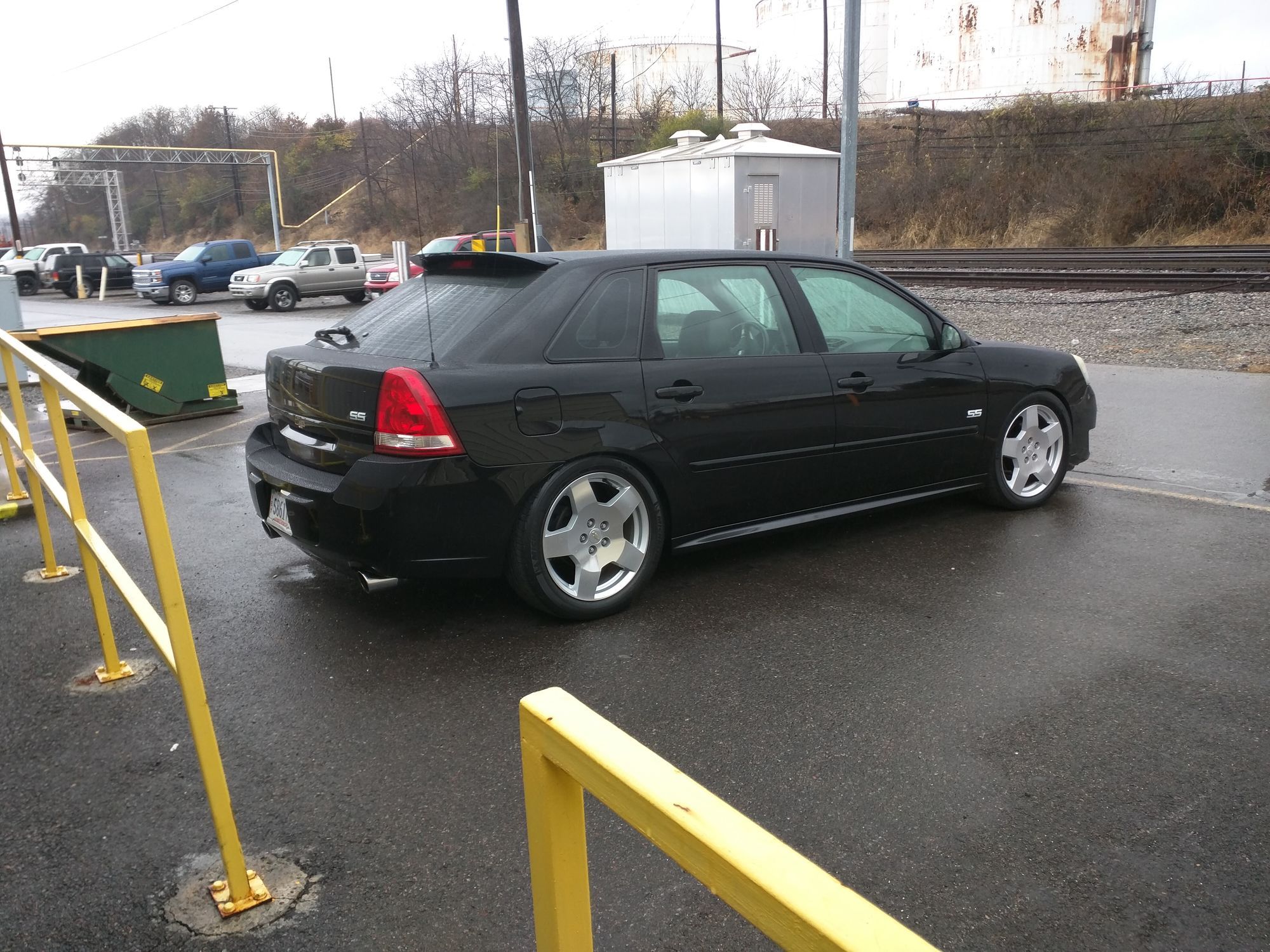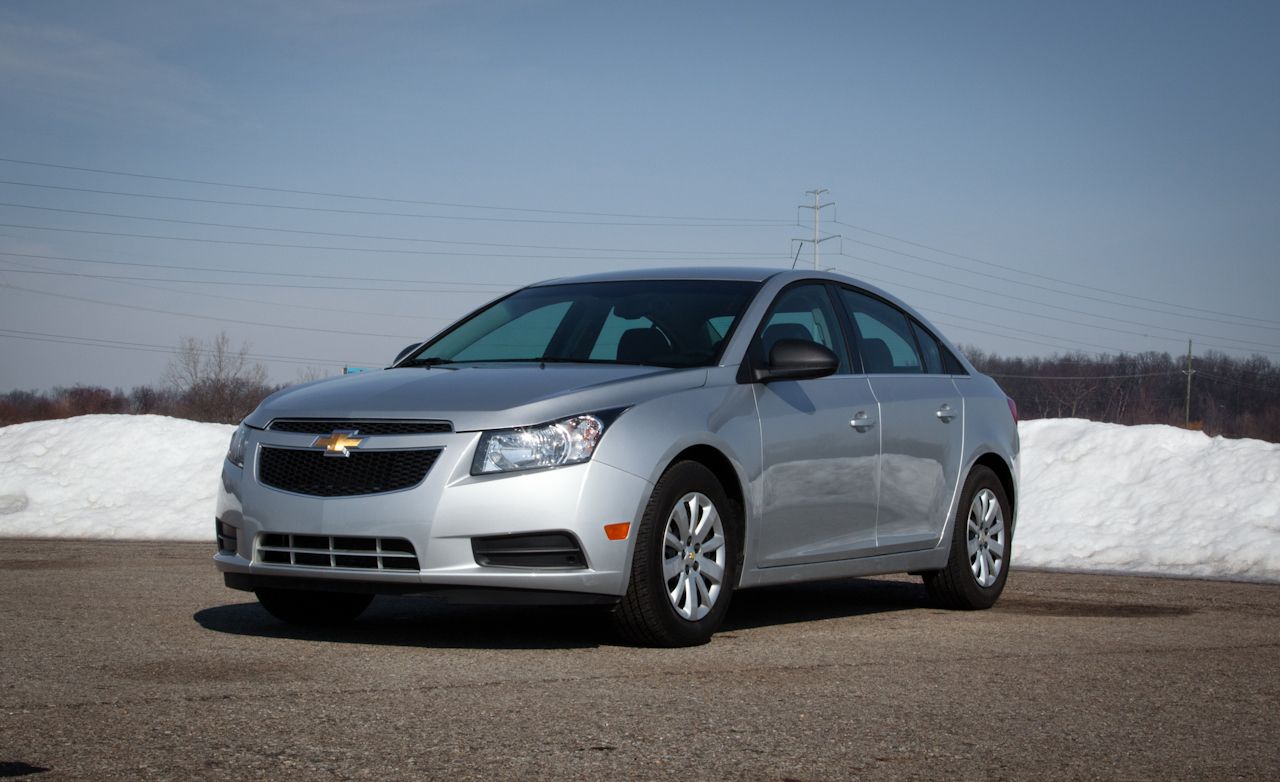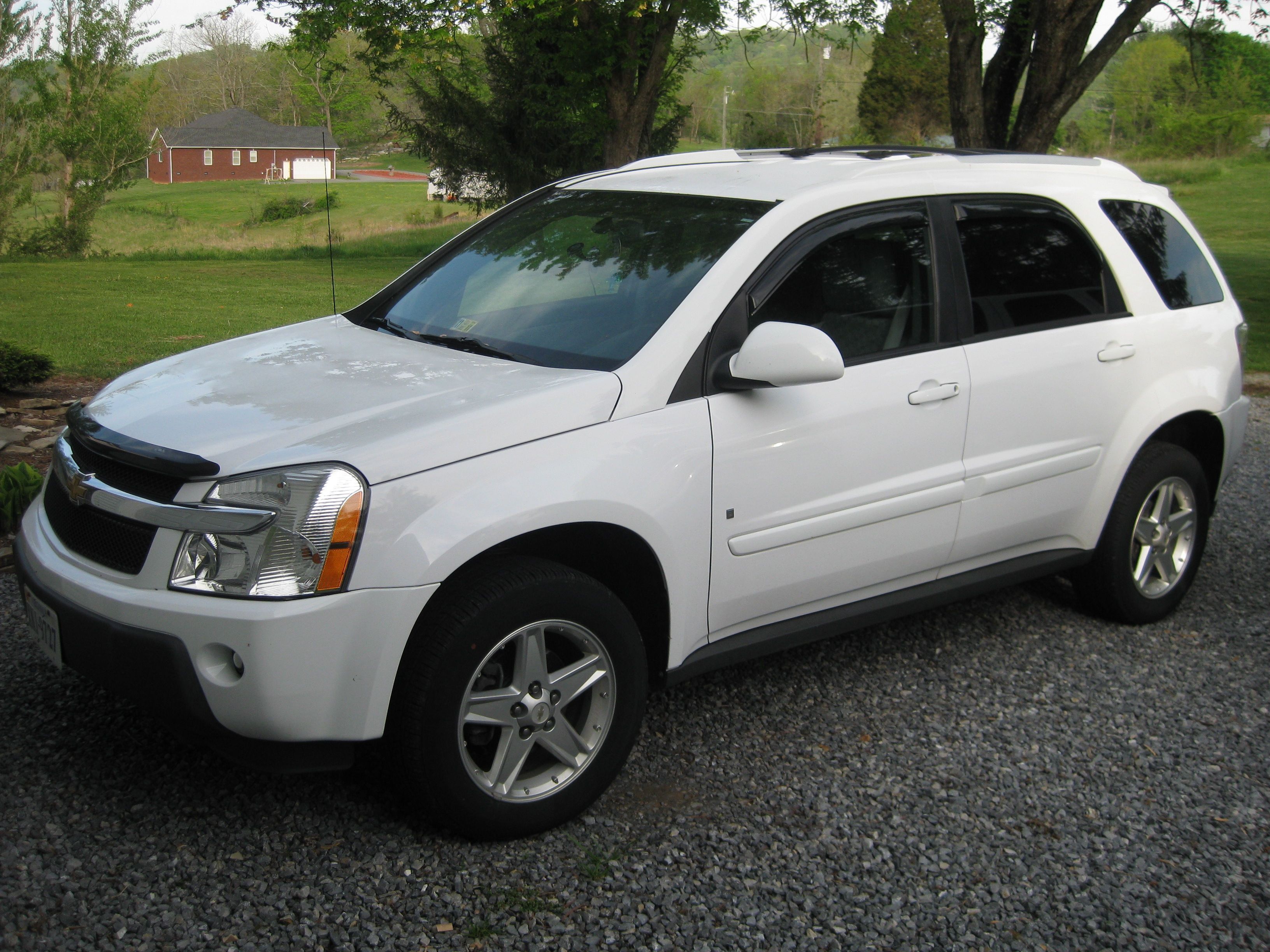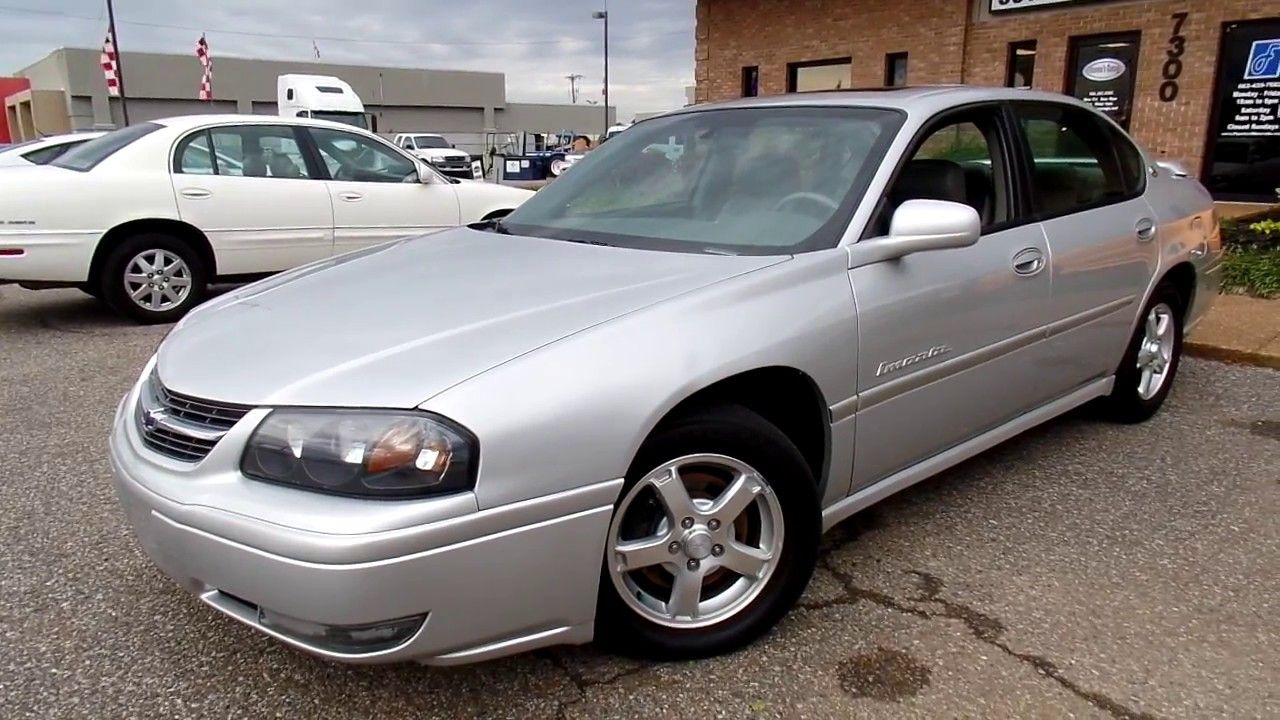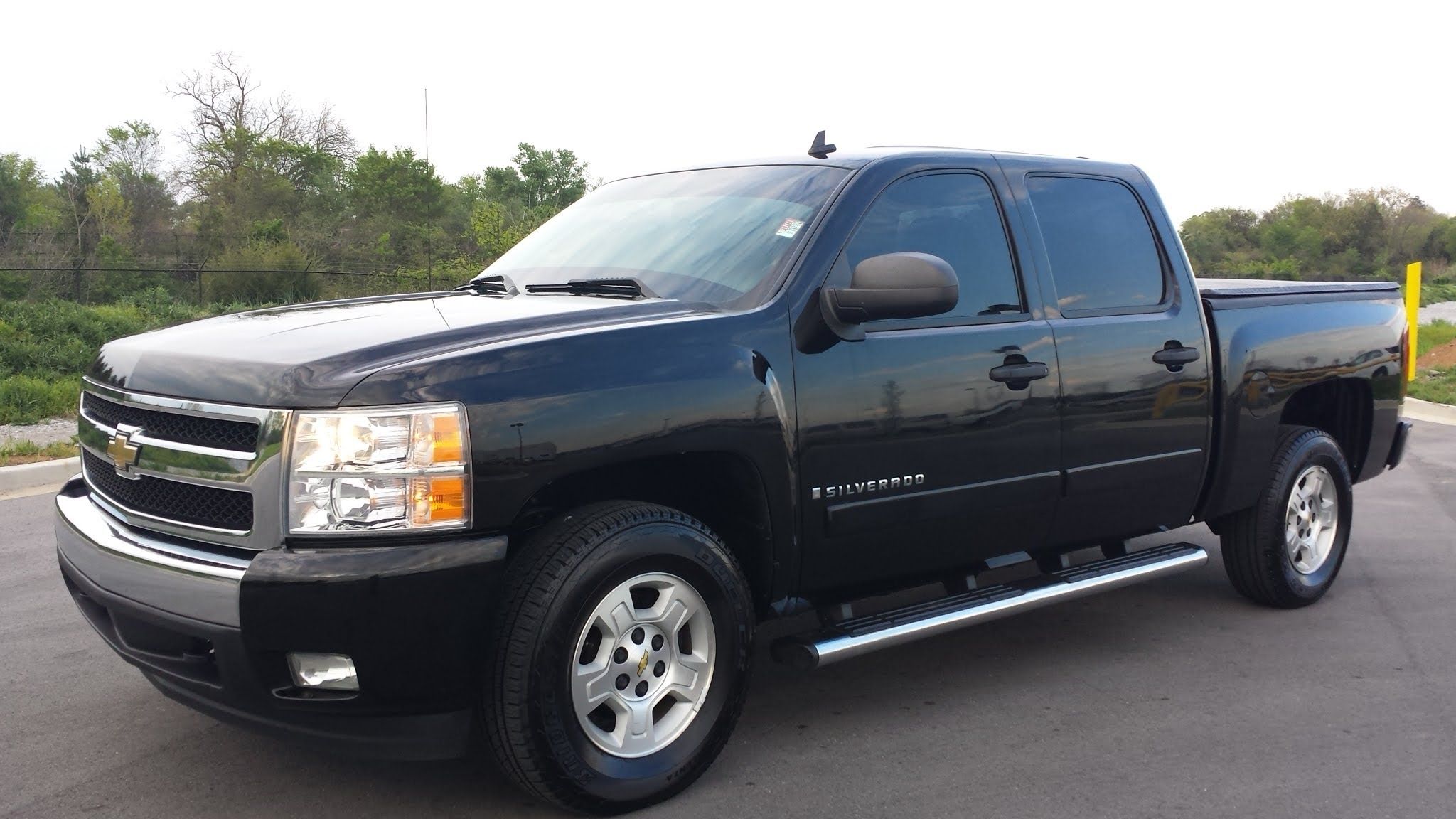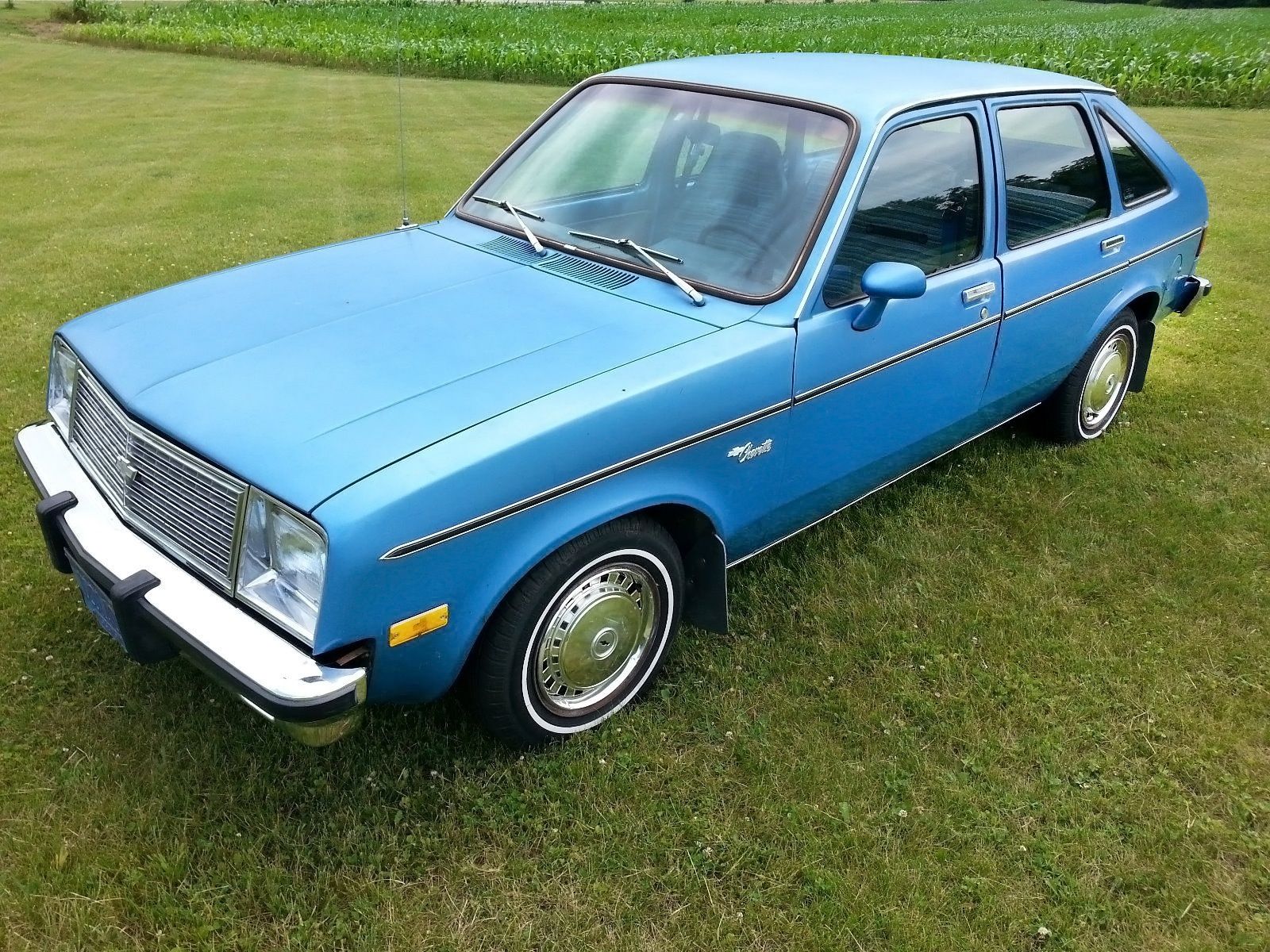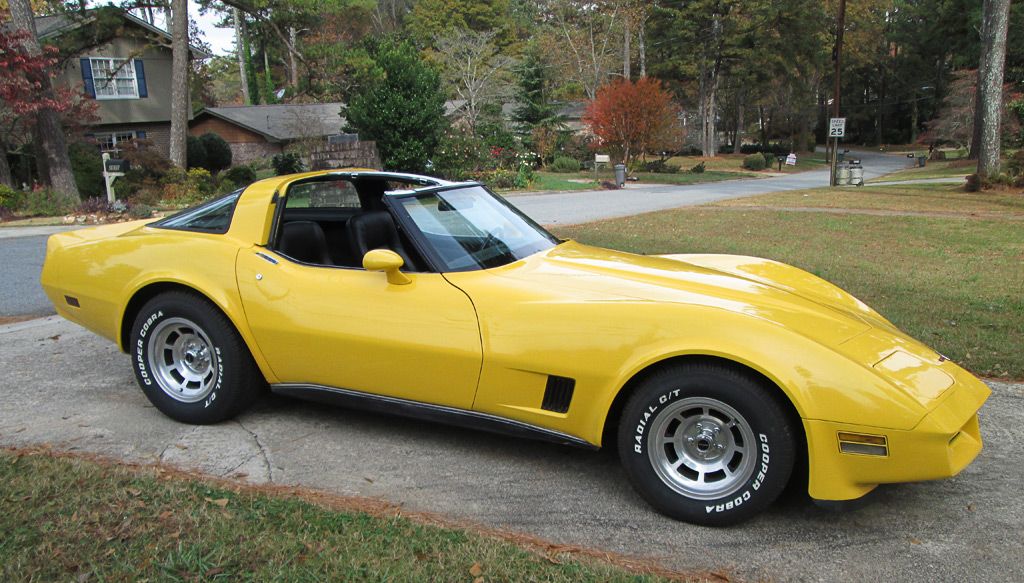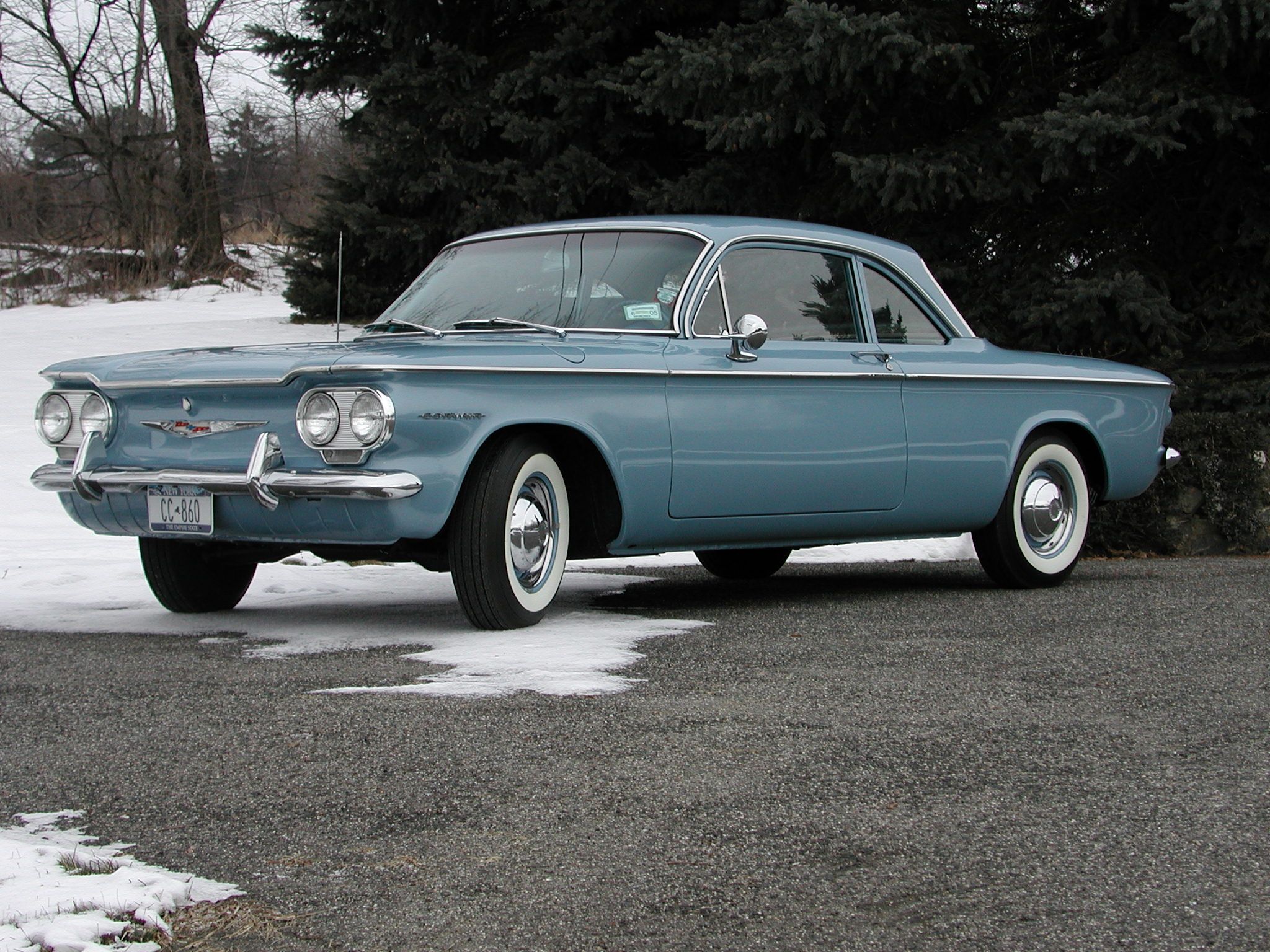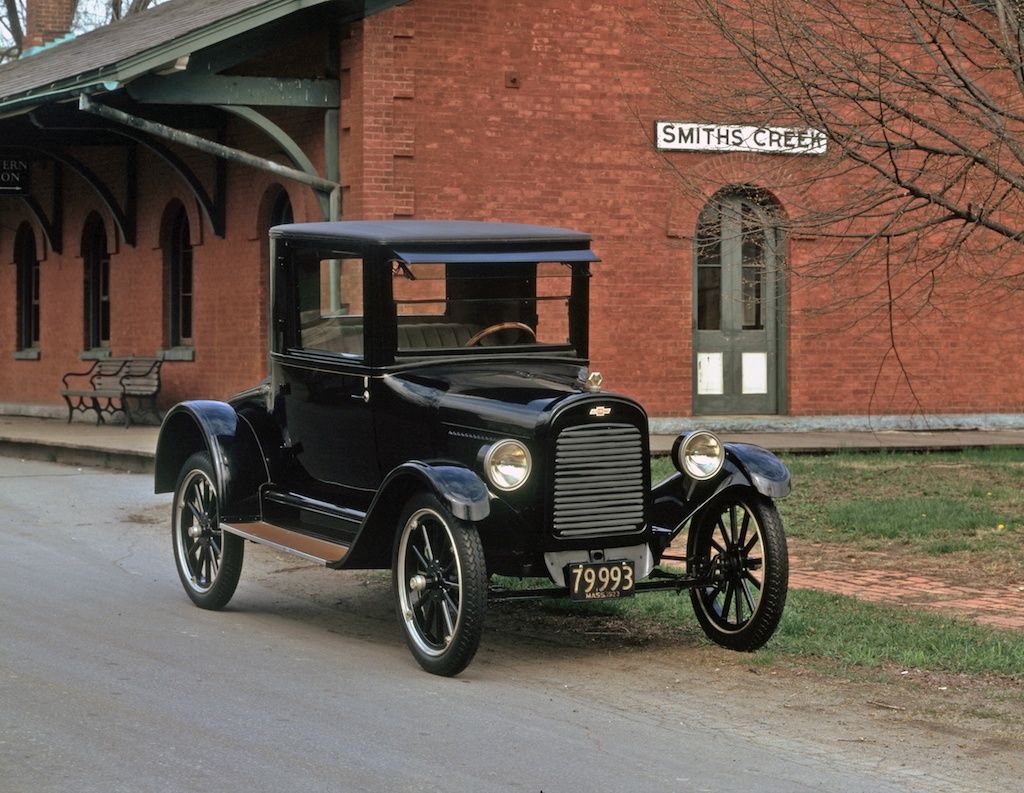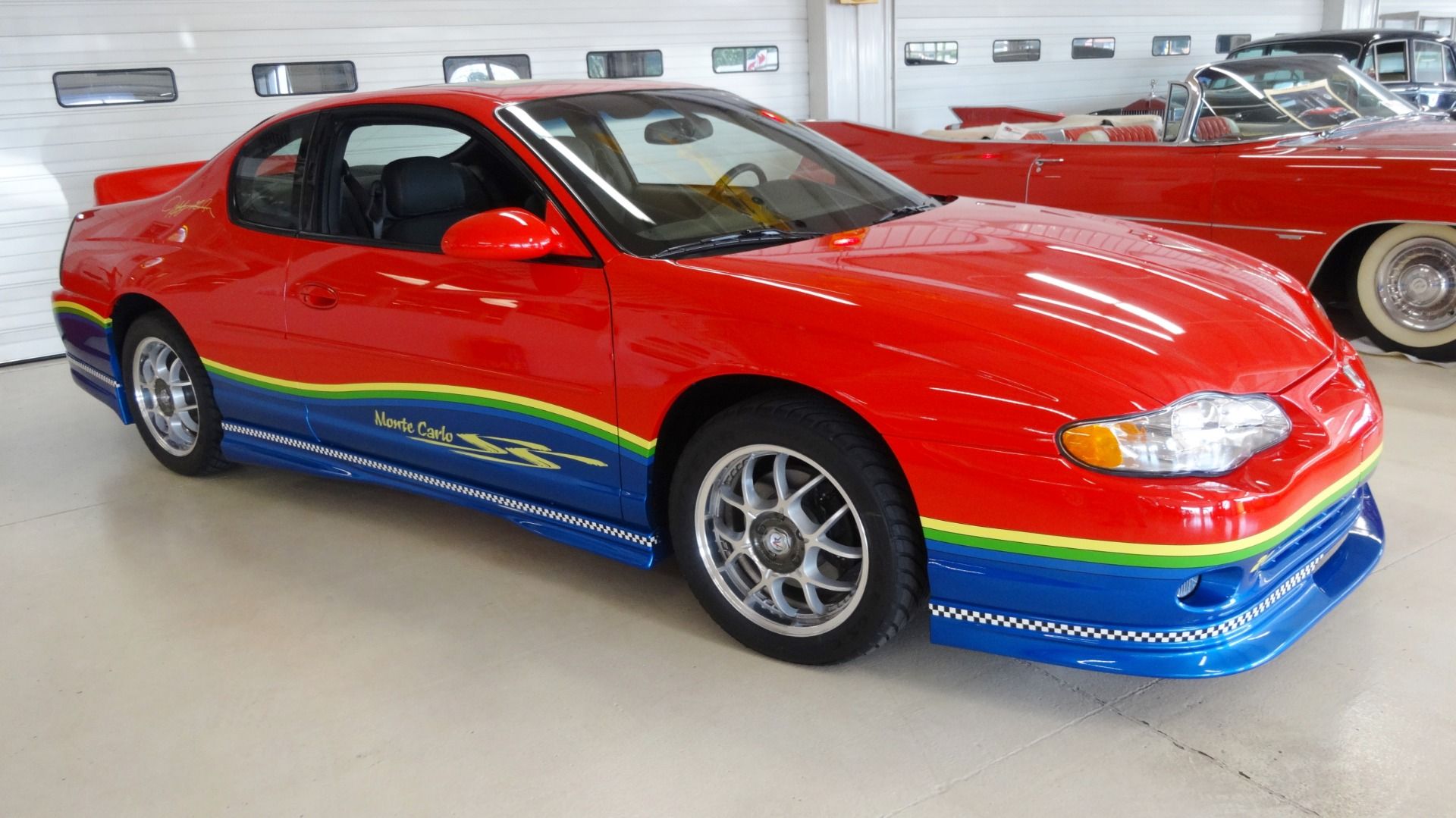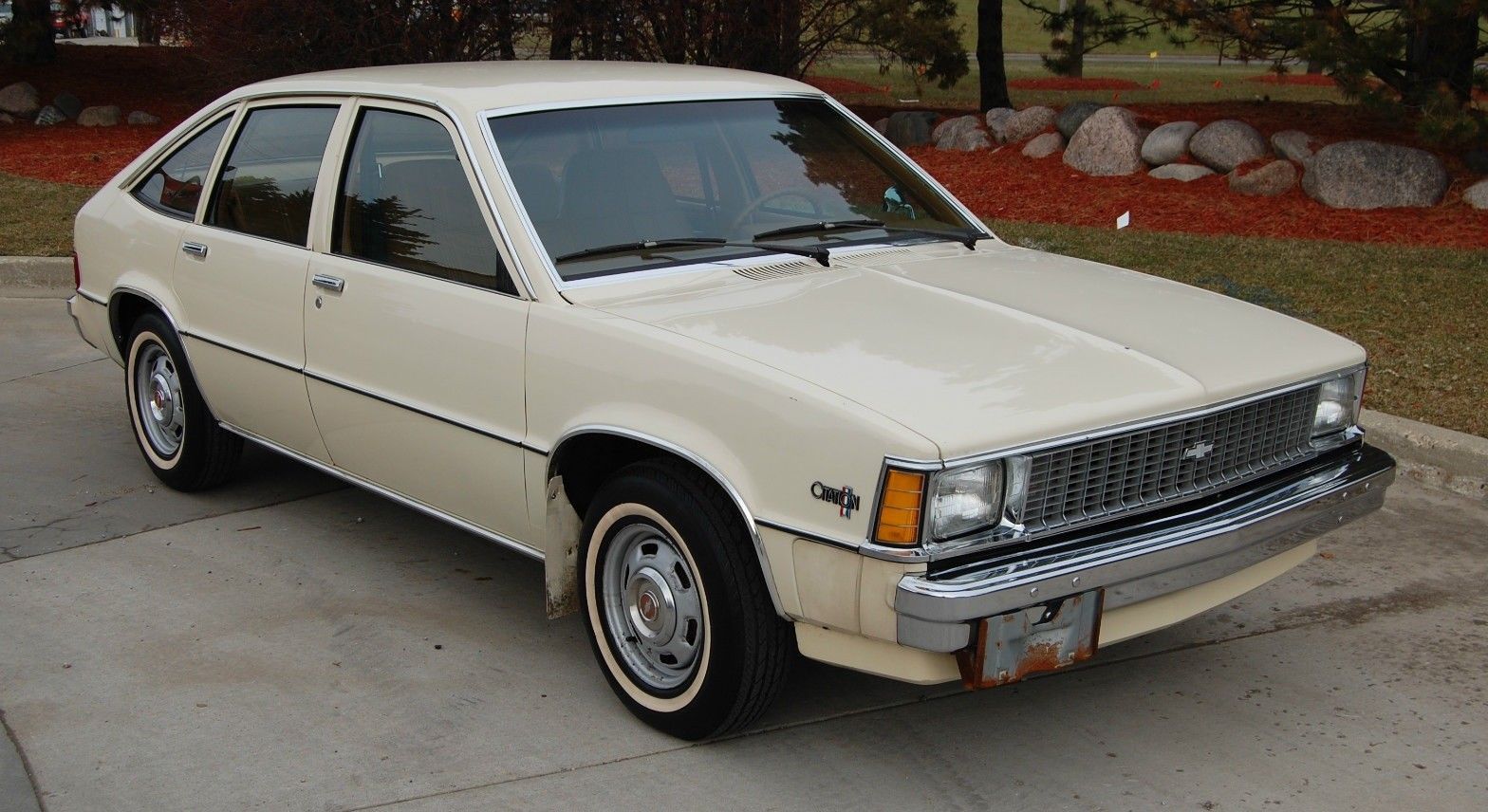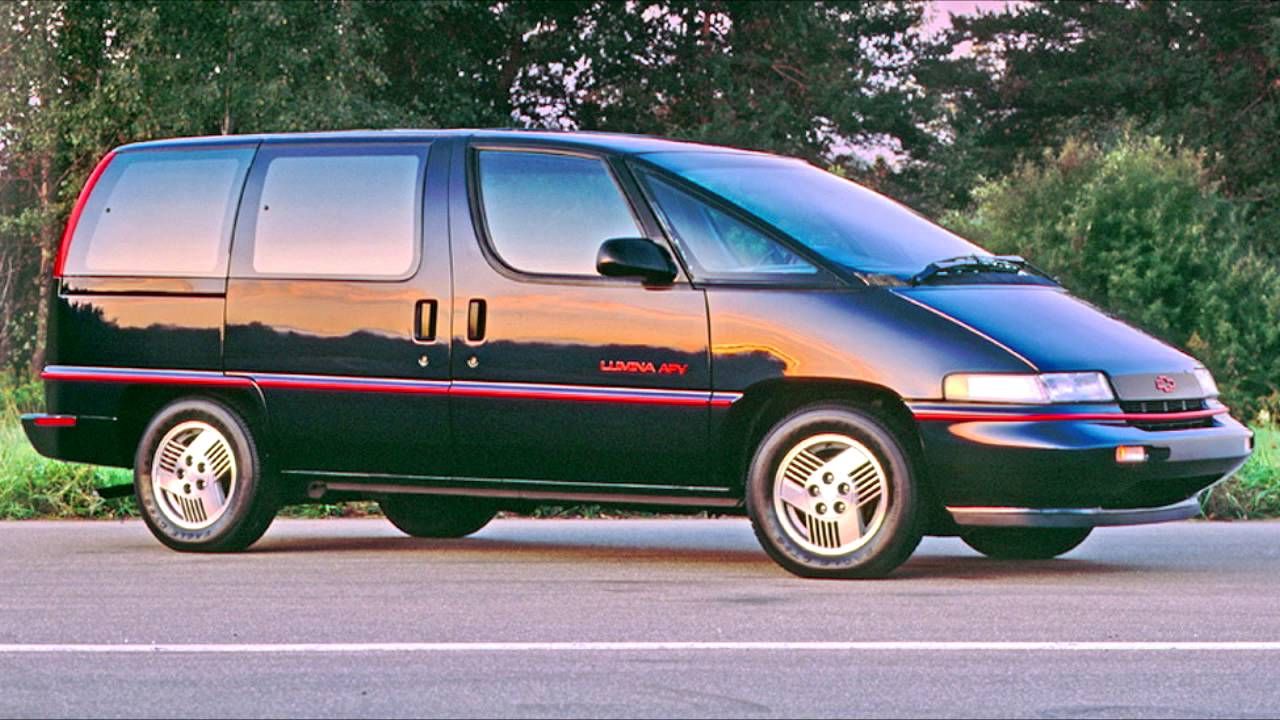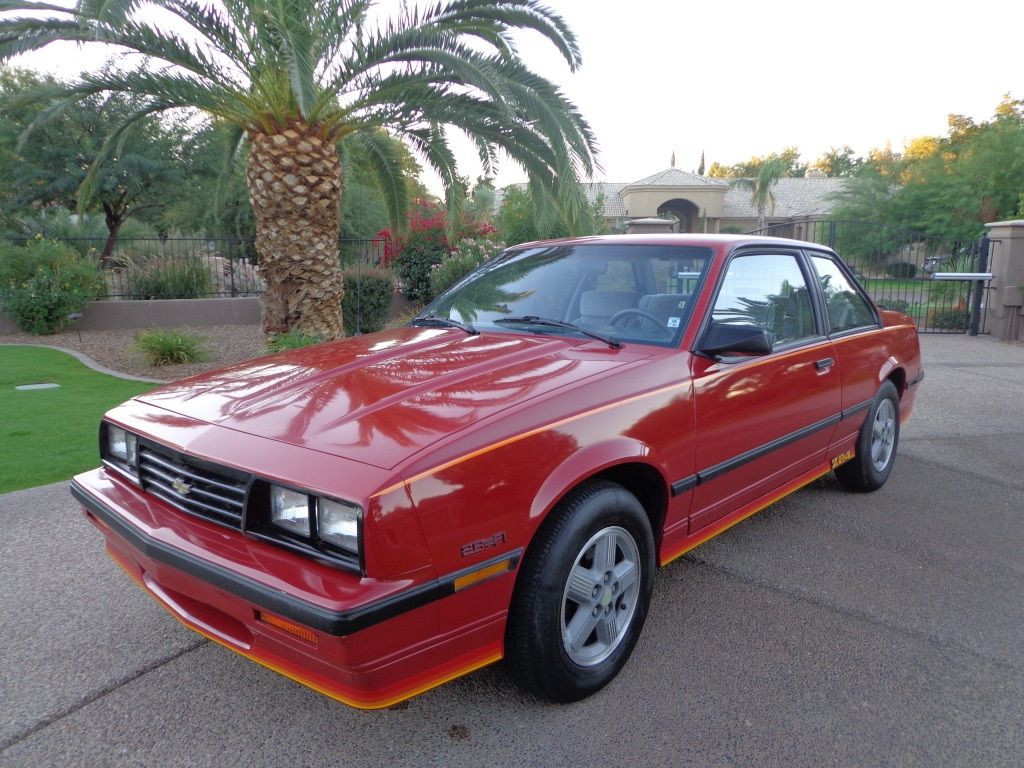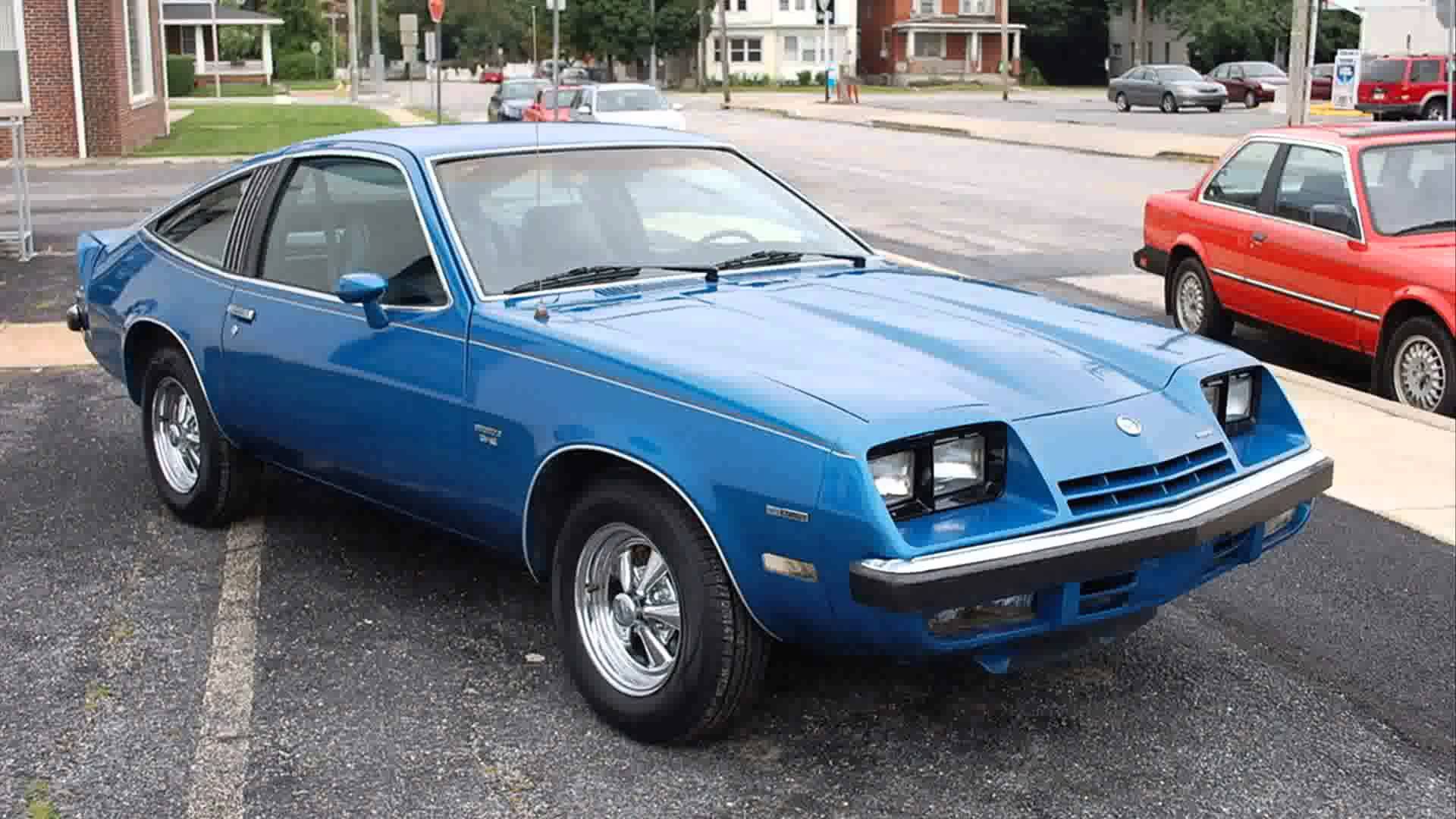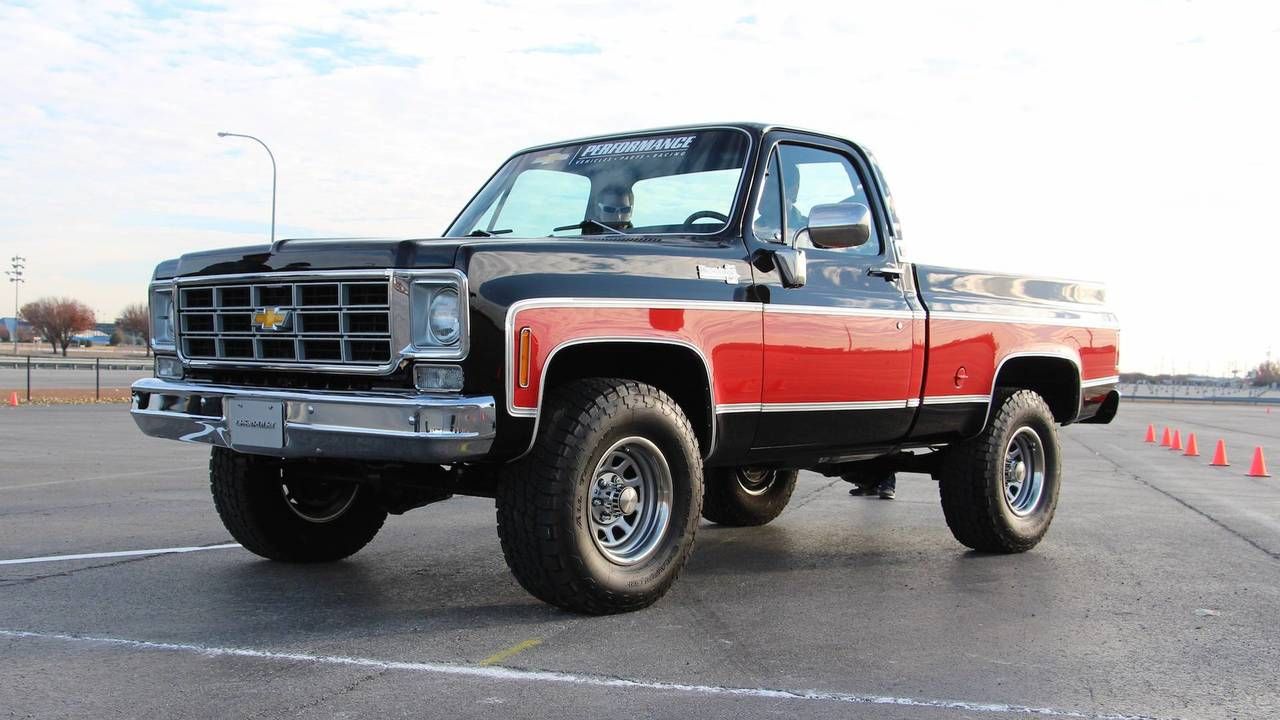Chevrolet has become a major car manufacturer in the U.S. after decades of success. So much so that we now have the Chevy-Ford war among truck owners; an obvious sign that the two car-manufacturing giants rule the U.S. truck industry. Typically you’d be inclined to assume that this means they only produce vehicles of exceptional quality. But anyone who’s had even an ounce of experience with either Chevy or Ford knows that this is the farthest from the truth. While General Motors’ golden child runs the show, they continue to produce cheap cars at prices that simply aren’t worth the poor quality.
Of course, this isn’t always the situation with all models. Some models have a bad year, others just need to be permanently scrapped. Whatever the hang-up may be, Chevrolet has remained General Motors’ prime seller despite the fact that it is no more superior in quality than any of the other GM brands. The true saving grace for Chevy has been the Silverado – and this is likely the case with Ford’s trucks as well. Even the traditionally reliable but pricey cars such as the Corvette and fully-loaded Camaro’s don’t sell nearly as well as Chevy trucks. Surprisingly enough, all three of these ‘reliable’ models have lasted decades in the Chevy lineup, but have also had some of the worst model years of any of their cars. You never really know what you’re getting into when you buy a new car, but especially with Chevrolet.
20 2005 Uplander
You’re not supposed to judge a car by a first impression, but the Uplander is an automatic repellant to anyone with taste. Looking at it causes you to wonder why people actually paid for this ugly hunk of junk. For argument’s sake, we will assume that buyers were likely attracted to the practicality of the Uplander, and at a more affordable price than some of the mainstream Chevy vans. Unfortunately for consumers, there are hardly any parts on the van that didn’t need to be replaced within the first five years of its life. Among many problems, the most common were issues with the power sliding doors, which scarcely close properly and oftentimes triggers an alarm while driving down the road. What’s worse is there have been numerous consumer reports of the doors closing on children, mildly injuring them. Plus, the doors have been reported to occasionally open, even while driving at scary speeds. This is just one feature (of many) that causes numerous problems. For a family-friendly van, it’s anything but.
19 1982 - 1985 Camaro (Iron Duke)
When a manufacturer has established an image of having a high-performance car, such as the Camaro, they would typically want to maintain that image in order to keep the same customers coming back and maybe even attract new ones. Chevy decided to take an unconventional approach to the Camaro in ’82 by introducing the four-cylinder Iron Duke engine. It’s considered to the slowest Camaro ever sold and with an unsatisfactory 90 horsepower, we can’t help but agree. And if that’s not convincing, even station wagons could outrun this so-called ‘muscle car.’ We’re going to assume that Chevy wanted to open the Camaro to more types of buyers, but the fact remains that a muscle car is not worthy of being given the title if it doesn’t have the performance to back it up.
18 1997 - 2003 Malibu
During the period of family sedan hype, General Motors decided it wanted to make a statement with the Malibu. But we’re still not sure exactly what they were trying to say that would attract more consumers. The later models were probably among the worst of this year range, but none fared well in sales compared to competitors. This probably had a lot to do with the ugliness of the car plus the faultiness of many of the components.
Above all, the pass-lock sensor in the ignition lock cylinder had a tendency of failing which compromised the anti-theft system and prevented the car from starting.
Aside from this being a total inconvenience, it was also a bit alarming (pun-intended) since it made the car a bit easier to break into without detection. The car also brought a plethora of other annoying issues. Anyone in the mood for a migraine and a steep repair bill couldn’t find a better companion elsewhere.
17 2004 - 2008 Malibu MAXX SS (6th Gen)
For decades, Chevy has offered the optional Super Sport package for most of its sedans as well as the genuinely sportier cars. Although, consumers have always veered from it. Who can blame them? Very few people are actually going to pay extra cash to soupe up something that they’re probably going to drive their kids’ baseball games. Of all the failed Malibu models, this one might take the cake. It takes on the aesthetic of a ‘nerd car’ especially since the Malibu MAXX was a hatchback. The SS doesn’t bring anything tangible to the table such as cool ground effects, so how can anyone expect such a high price for such an ugly car. It’s a shame to even call the ’07 Malibu SS a ‘sporty’ car.
16 2011 Cruze
It’s a tough world for a new car, there have been many flops in the realm of compacts. But there’s also an increased demand given the new trend for gas efficient deathtraps. Jumping right on the bandwagon, Chevy came out with its sporty Cruze. Appealing to car buyers who aren’t just looking for something cheap, but also want style with efficiency and comfort, the Cruze has stepped in to fill the void. With new designs there’s always something that has to be taken back to the drawing board.
It just so happens that the very selling point of the Cruze is its own worst enemy: the engine.
Owners have experienced so many issues with these in under five years of buying it brand-new. The jerky acceleration and recall of the brake assist only added more of an edge to the owners’ already-negative outlook on the car. The future isn’t so bright for this compact.
15 2006 Equinox
The very first thought that pops into many of the heads of potential Equinox buyers must have been, “Yuck.” The ’06 was, by far, the least attractive model to date. While most years of the Equinox aren’t safe from mechanical troubles, the 2006 has been consistently named the worst of them all. Owners felt duped with this car because they’d spent a good amount of money anticipating reliability and functionality, but the crossover had a pretty bad problem with overconsumption of oil. This repair was costing owners upwards of $2,500, and at most $4,000. That’s not something you hear every day about a car that was less than five-years-old when the problems first arose. It doesn’t stop there, though, blown head gaskets, broken A/C, and even brakes that were broken from the factory were burning a hole in owners’ pockets – and destroying the Equinox image almost permanently.
14 2000 - 2005 Impala (8th Gen)
The early 2000’s Impala was no match to its 70’s counterpart, but it still had a decent amount of sales since it’s the largest sedan that Chevrolet makes. But the spacious cab is one of the only redeeming features of this generation Impala. The interior was completely outdated and bland, with cheesy paneling that oftentimes came apart. Driving an Impala was a bit of a liability since the transmission was prone to fail, all of the electrical components consistently broke, and the engine had a horrible time starting and often stalled once it was successfully turned on. What’s worse is the Impala didn’t even have to leave your driveway to cause frustration. Parked Impalas were known for draining the battery without even being turned on. It may have had a generous sized engine and plenty of legroom, but hardly any of the features worked properly to make this car even close to satisfactory.
13 2007 Silverado
It’s about as unusual as it is taboo to deem a Silverado as one of the worst vehicles that Chevy has ever made, but the 2007 model was a major flop – and it’s pathetic to think that this is the best Chevy’s got. The ’07 was the worst year of Silverado primarily because of its excessive oil consumption which costed an average of $3000 to repair. Some consumers even claim that the problem was so bad that they had to change their oil every 1000 miles. Could you imagine driving this every day? The electrical components were also a bit finicky, most commonly, the stereo speakers would simply stop working for no apparent reason. It may have been an award-winning truck for years, but the ’07 Silverado is a year to stay away from.
12 1971 - 1977 Vega
It may be hard to believe from a modern perspective, but the Vega was actually named the Motor Trend Car of the Year in 1971, which probably contributed to its undeserved popularity.
The entire car would practically disintegrate within a decade, which also led to its widespread occupancies in junkyards across the nation.
The interior plastic quickly falls apart – most consumers reported that this occurred within three years – and the vinyl seats were absolutely no match to the sun. Cosmetics weren’t the only problem here, though, the car was also highly susceptible to corrosion and engine problems. Ironically, enough the Vega was actually applauded for its innovative design that was meant to be rustproof, which was obviously not the case. By the end of the 70’s junkyards refused to purchase any Vega’s simply because there were far too many being scrapped. It’s pretty sad when a car less than a decade old is so popular in scrapyards that it’s unwelcome.
11 1976 - 1987 Chevette
The Chevette is considered to be General Motors’ attempt at bringing in their own competition to the econobox scene. Someone should have told GM that the foreign manufacturers already had this niche covered. The Chevette had nothing remarkable about it; a boring interior comprised of low-quality materials and a wimpy engine to match. You’ll likely need to floor it when trekking uphill, and even then the top speed will be close to 30 mph. Then there’s the major issue of engine failure. This received mixed reviews as well, however, previous owners have claimed that the engine would stall out pretty frequently. The Chevette was only a success merely due to its price. We’re being serious when we say, ‘You get what you pay for’ with the Chevette.
10 1980 Corvette C3 (California Restricted Engine)
In the realm of U.S.-made sports cars, the Corvette has maintained a steady fan base. So, it’s difficult to imagine this classic in a negative light. GM isn’t exactly the one at fault, though.
They produced the 1980 Corvette small-block 305 specifically for California; it’s state regulations required that a much smaller – inadequate is a better word – engine be put in the Corvette if GM wanted to sell within the state.
This sad excuse for a Corvette had a measly 180 horsepower and a shameful 3-speed automatic transmission. Humorously enough, the ’80 California Corvette is typically neglected to be mentioned in official histories or collector guides. Who could have ever thought that there’d be a Corvette that absolutely no one would ever miss?
9 1960 - 1964 Corvair
The Corvair started out strong with high praise and sales, but the trend soon took a downward spiral. Its unconventional swing-axle rear suspension caused a large amount of car accidents as drivers were not able to get used to the handling – according to reports. Despite the Corvair’s persecution by the media and several consumer complaints and lawsuits, General Motors refused to produce a replacement suspension for current owners. Their cheap inactiveness led to the creation of the U.S. government’s National Highway Traffic Safety Administration. In other words, General Motor’s avoidance of costly upgrades actually caused something positive but only after many drivers had been severely injured or worse.
8 2004 - 2006 SSR
We have mixed emotions toward the SSR’s bulbous body style. Some love it while others can barely stand to look at it. Looks aside, there are more significant reasons you should probably stay away from this Chevy monster. The hard sell for most buyers is its impracticality and lack of identity. Is it a car, a truck, a roadster, or a hardtop convertible? It was based on the Chevy Blazer but the designers must have gone off of the deep end. The SSR has been viewed as unrealistic for use as a truck since the hardtop is too large, and the lack of seating is already a less-appealing feature for most car buyers. Needless to say, the SSR did encounter a few unreliability issues, but its greatest obstacle was its own lack of usability.
7 1923 Series-C Copper Cooled
The Series-C copper cooled engine was supposed to be a revolutionary engine of its time, however, it was realized shortly after production that this wouldn’t be the case. Charles Kettering invented the copper cooled engine, which was supposed to be a more affordable alternative. The introduction of the new motor wasn’t welcomed by all in the Chevy family, some preferred the water-cooled 490. But shoving the copper-cooled engine down everyone’s throats, Chevy produced a little over 100 of the Series-C with it. It didn’t take long after testing the shoddy new engine that Chevy realized it was a dangerous design. They were prone to blow up since they weren’t meant to be driven slowly – which is what most civilians did once it began overheating. Chevy recalled the car and received all but two, destroying them to prevent any harm.
6 2000 - 2005 Monte Carlo
The Monte Carlo has never really been much of a favorite to car buyers, and even for Chevy fans. It never lived up to what the manufacturers were likely aiming. Strangely enough, consumers report a variation of perceptions on the Monte Carlo (’00-’05) but almost all were flooded with problems from bad brake lines, fuel gauges, crankshaft position sensors, and even the catalytic converter. Many previous owners claim that they easily spent thousands in repairs on their Monte Carlo, which isn’t so hot for sales. After the epic fail of the 2000-2005 model, Chevrolet attempted to bring it back a few years later, only to find that consumers were disinterested. It was discontinued due to lack of sales, and we can completely understand why so many were avoiding this car like the plague – who can afford all of the repairs?
5 1980 - 1985 Citation
Similar to the Corvair, the Chevy Citation experienced absolutely no problem with selling. It was a hot buy and received great reception, even garnering support from Motor Trend as the ‘Car of the Year’ in 1980, but it was largely undeserved. Before buyers were even able to pay off their brand-new car the transmission oftentimes began slipping, pieces of the trim would fall apart, and it was persecuted for its numerous recalls and consistent safety issues. Sadly, most of the manufacturer recalls occurred shortly after receiving such great praise. General Motors suffered a pretty hefty backlash on their sales, and we have yet to see the Citation return.
4 1991 - 1996 Lumina APV
The Lumina APV is notorious for its look that ‘only a mother could love’ but few know about what goes on under the hood of these minivans. During their debut, consumers were attracted to the APV’s practicality while maintaining better gas mileage than a full-sized SUV. Of course, all of these comfortable features always come at a cost. The APV’s upkeep was much too cumbersome for the average owner. It was never a huge hit, but the unfortunate souls that invested in this hot mess encountered issues with stalling and trouble starting it, a faulty transmission – it had to be checked every 30k miles by a mechanic – and issues with the sliding doors were among the most common. In other words, if you were looking for a way to save, then this probably wouldn’t be the most intelligent car to throw your money into.
3 1982 Cavalier L46
In spite of the popularity of station wagons and compacts at this point in car history, the Cavalier – no matter which body style – never did quite as well as its competitors. Many buyers were drawn away from it because of the sad excuse for an engine: a disappointing L46. It was a 1.8-liter, four-cylinder push-rod engine with 88 horsepower, which unsurprisingly received masses of complaints because the Cavalier’s sluggishness was too annoying for most to bear.
The Cavalier has frequently been referred to as a ‘sloppy build’ and we can agree that this accusation is mostly deserved as seen from its crummy interior and trim.
Consumer perception of the Cavalier was pretty well tainted for a few years, but it eventually made a small comeback.
2 1975 Monza
Right off the bat, you can already assume the Monza wasn’t going to be a great build purely because it was based off of the Chevy Vega. As a four-seater subcompact, you would typically expect to get better gas mileage. Between the need for improved efficiency and GM’s struggle complying with emissions restrictions, the original engine that was conceptualized for the Monza was replaced with one of the worst-designed engines. It was so inconvenient that even a simple sparkplug replacement required a hoist to tilt the engine sideways in order to access them. The engine was very anemic and experienced a lot of complications, and as you can imagine, it was quite an undertaking to repair it with such an unconventional design. We will probably forget this car existed in the decades to come (or at least Chevy hopes).
1 1978 C/K 1500 Diesel
Chevy fans can’t help but have a soft spot for the boxy 70’s C/K. These trucks have been one of the strongest vehicles (in sales) that General Motors has ever produced, but that’s not to say that there’s not a bad side to these beasts. The 1978 invited in sleek design changes that kept the C/K relevant in the ever-changing car culture; replacing the grandpa wood-grain inserts with brushed aluminum was one of the good changes.
As for the bad, Chevy made a huge mistake by installing the Oldsmobile diesel engine in the ’78 models.
Not only were unsuspecting drivers flooded with an annoying black fog, but it was also apt to agitate the owner who’d inevitably have to work on it. The ’78 was known for being unreliable, however, Chevy quickly cleaned up its act shortly thereafter because the C/K was popularly considered to be a great truck for the majority of its lifespan.
Sources: Edmunds, Motor1, Car and Driver


